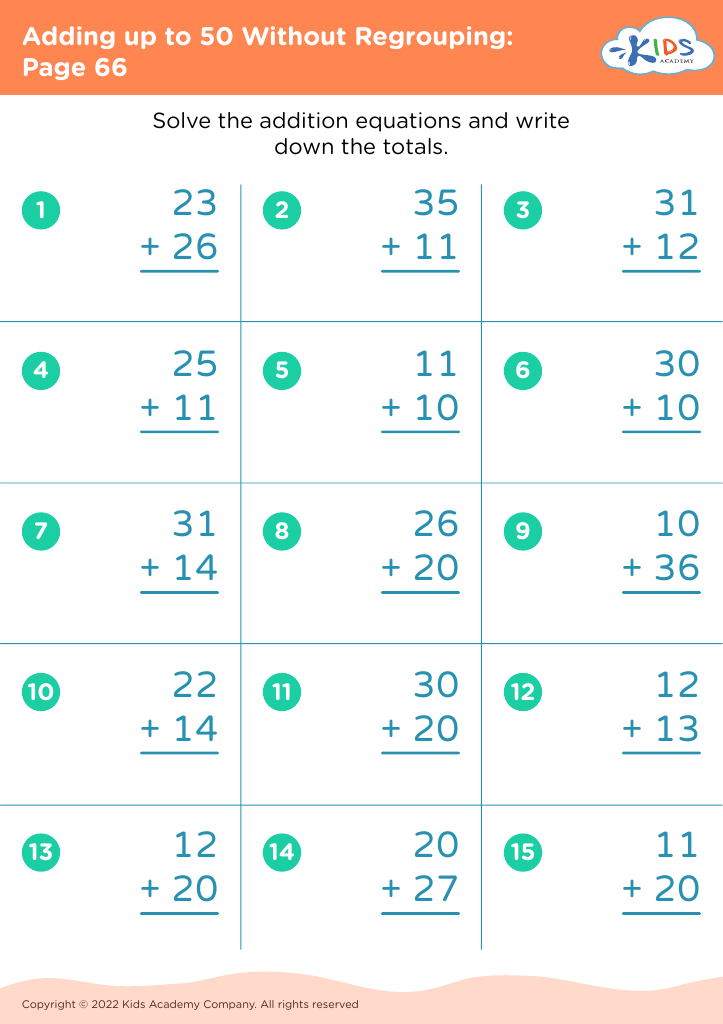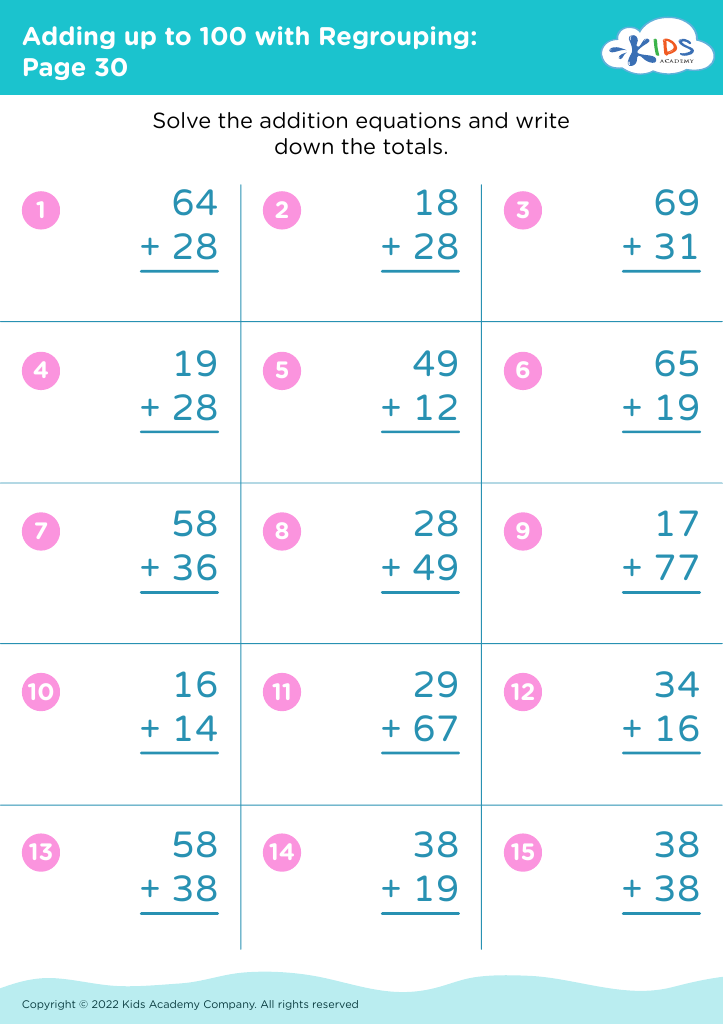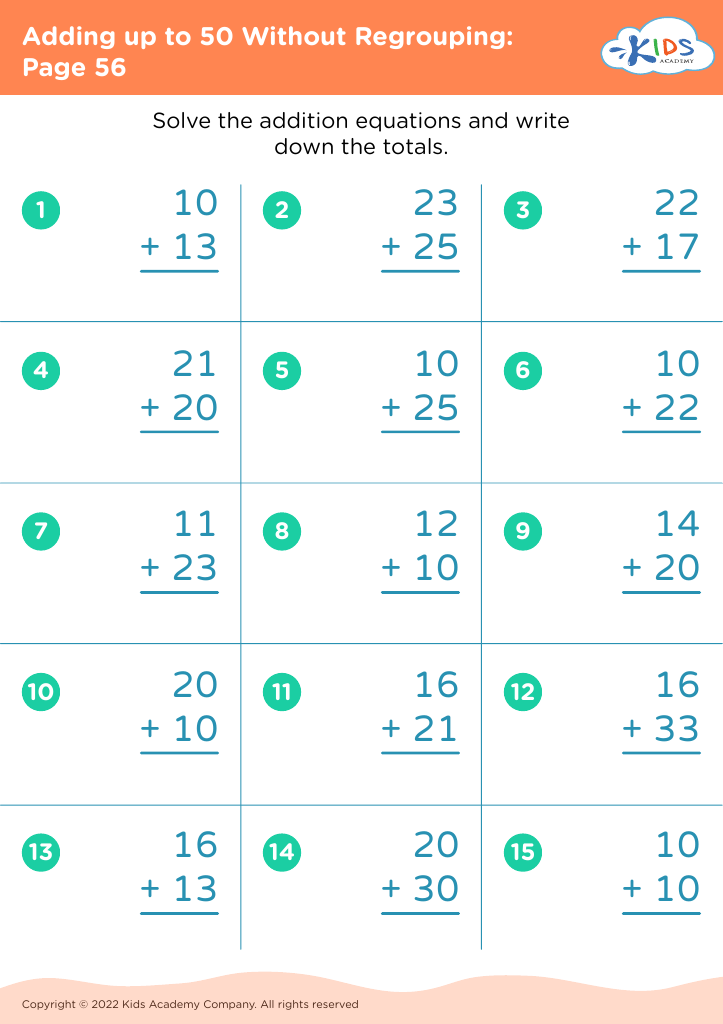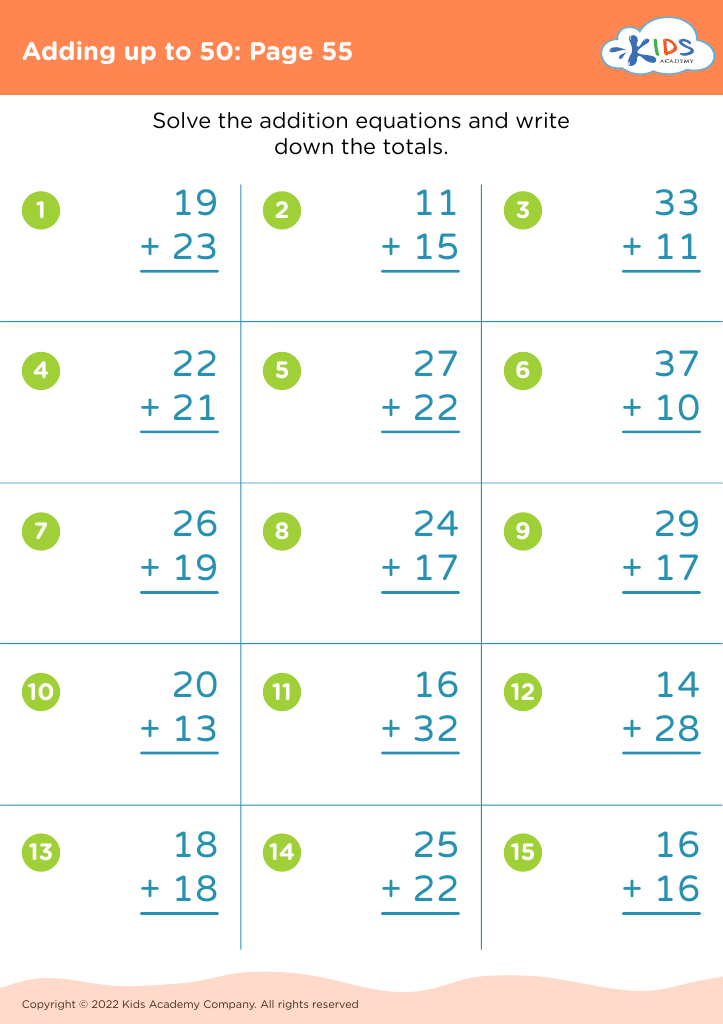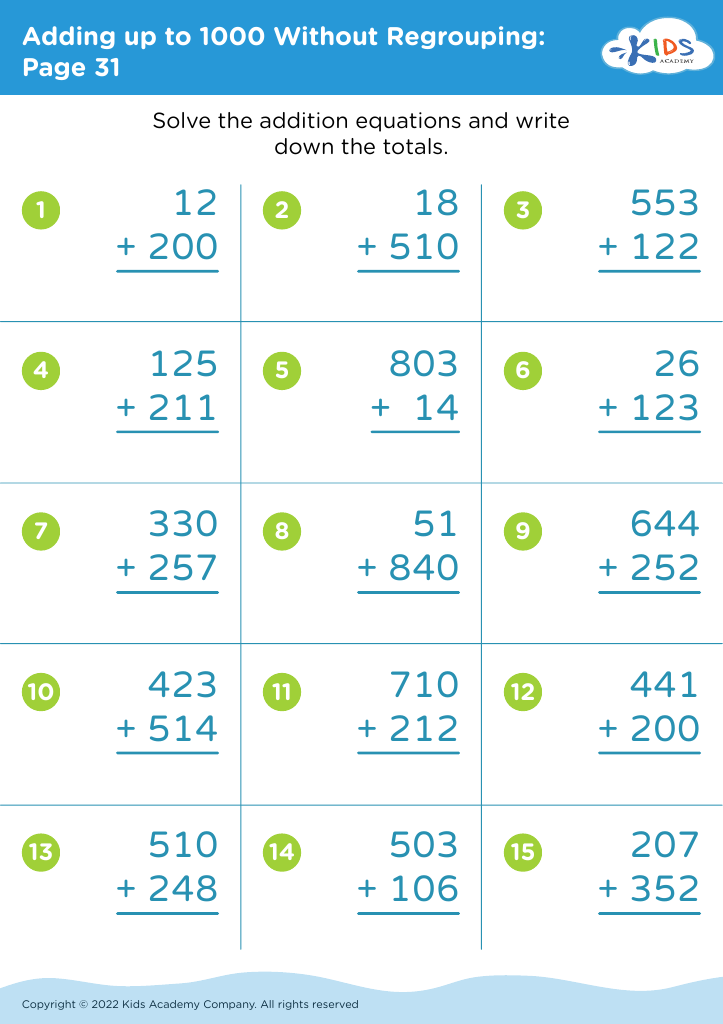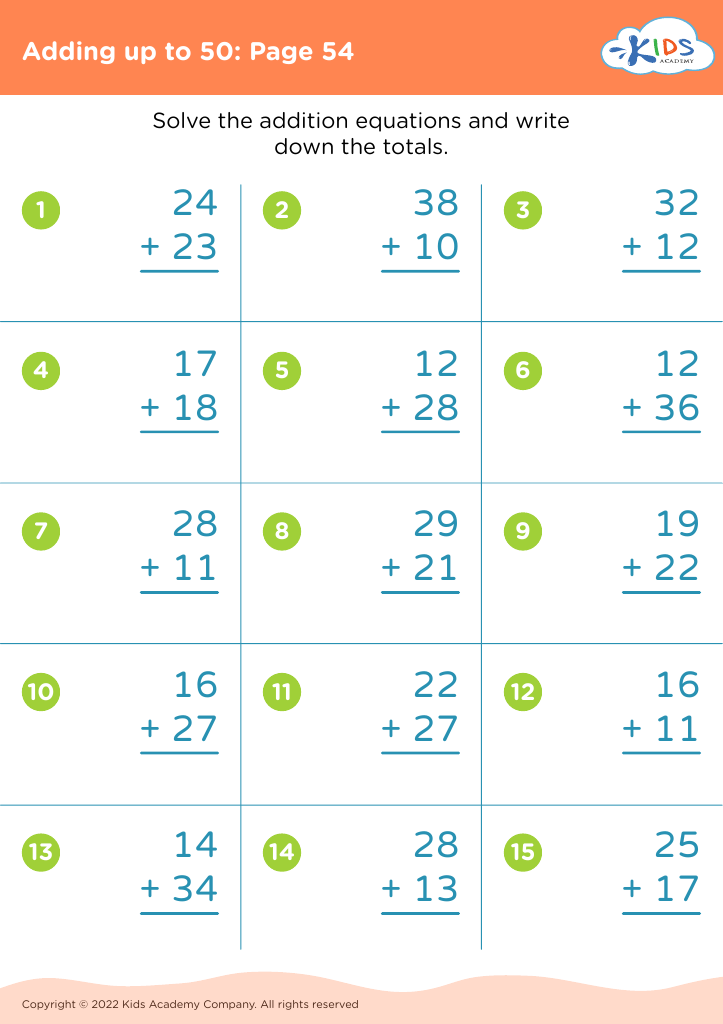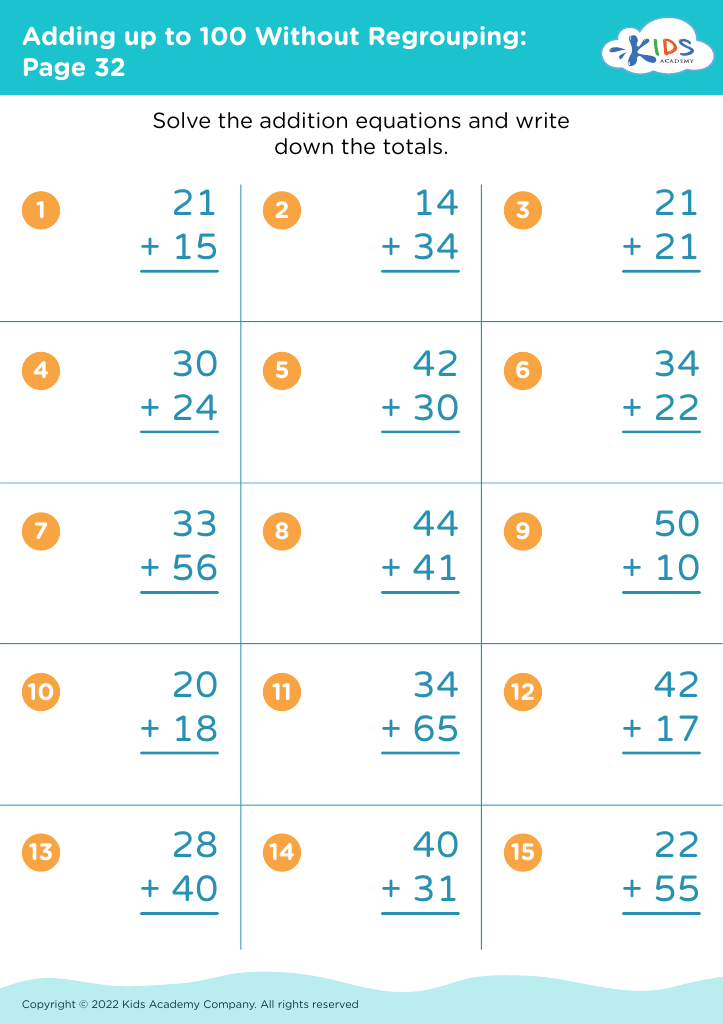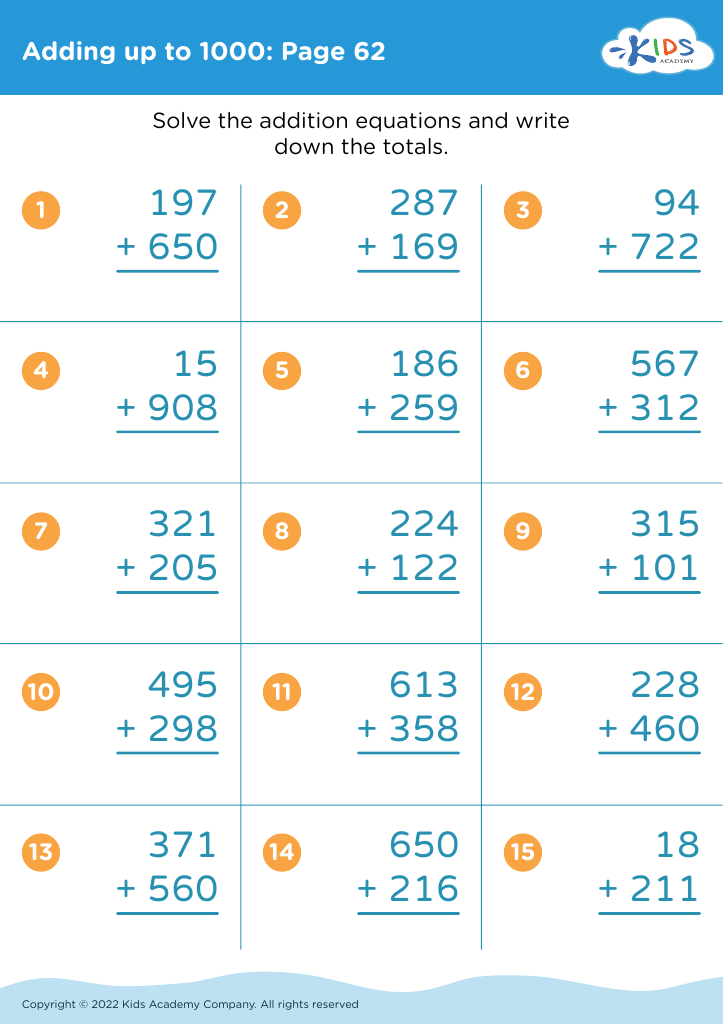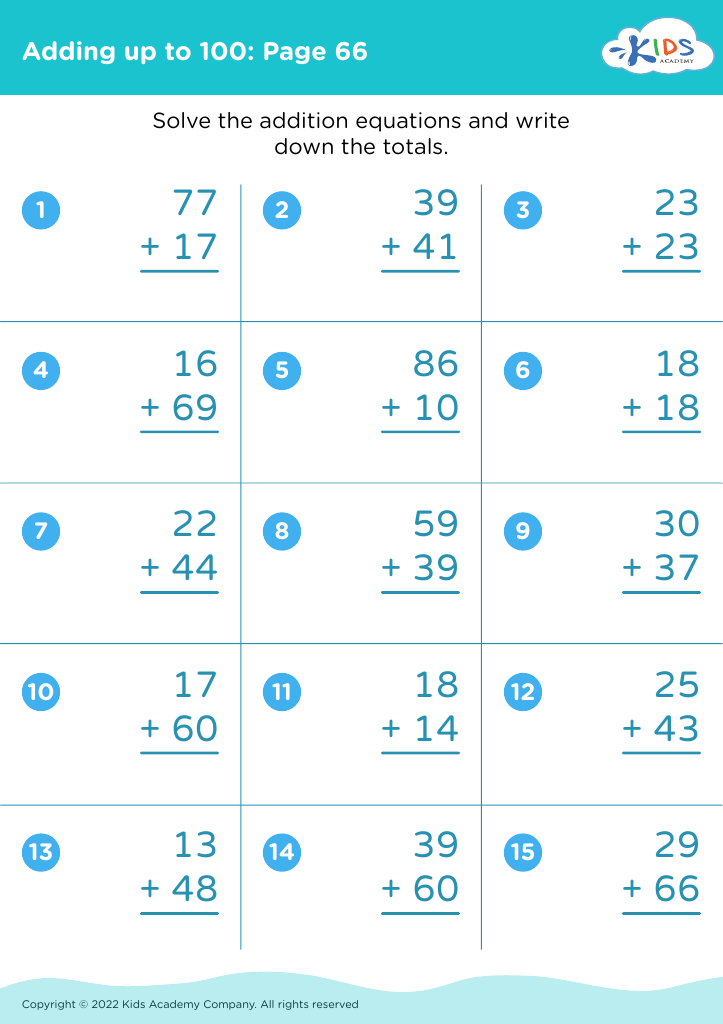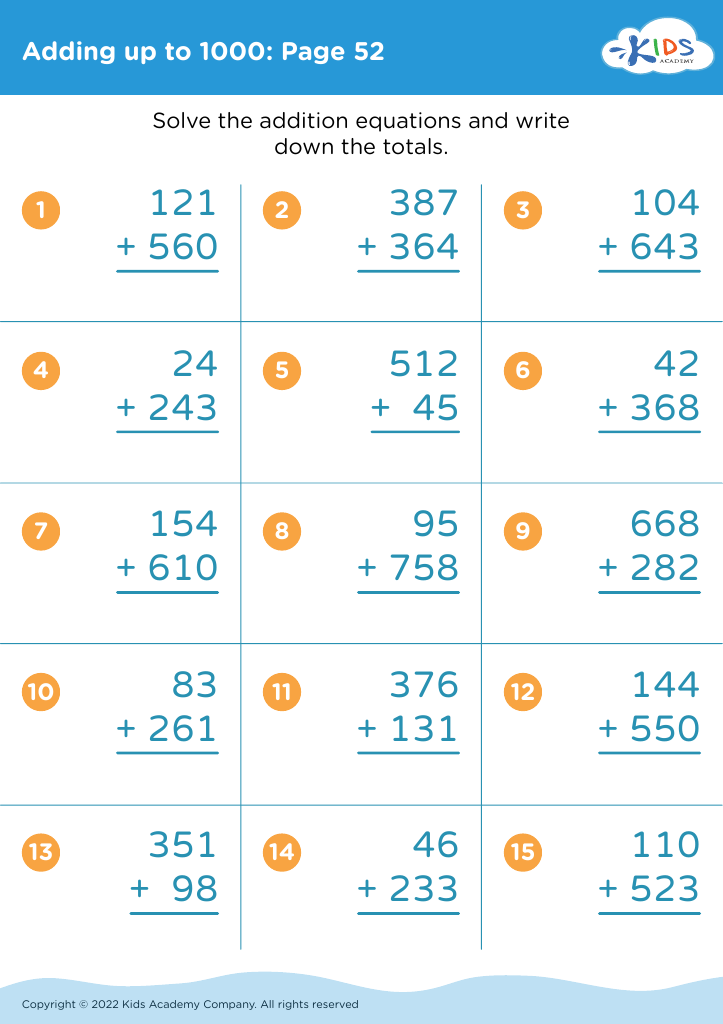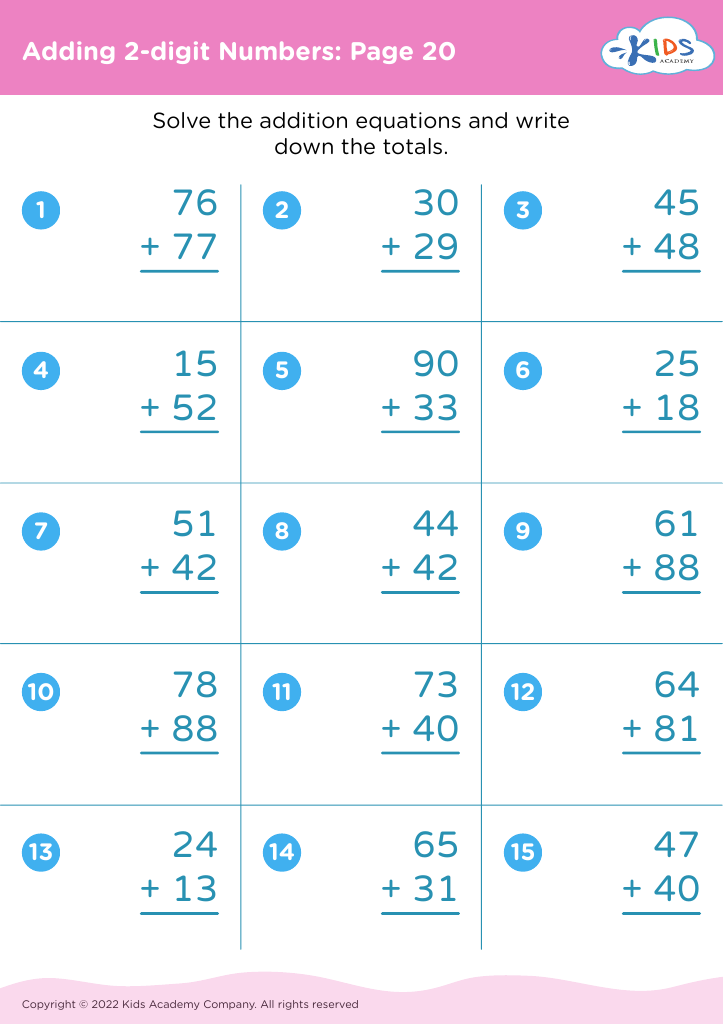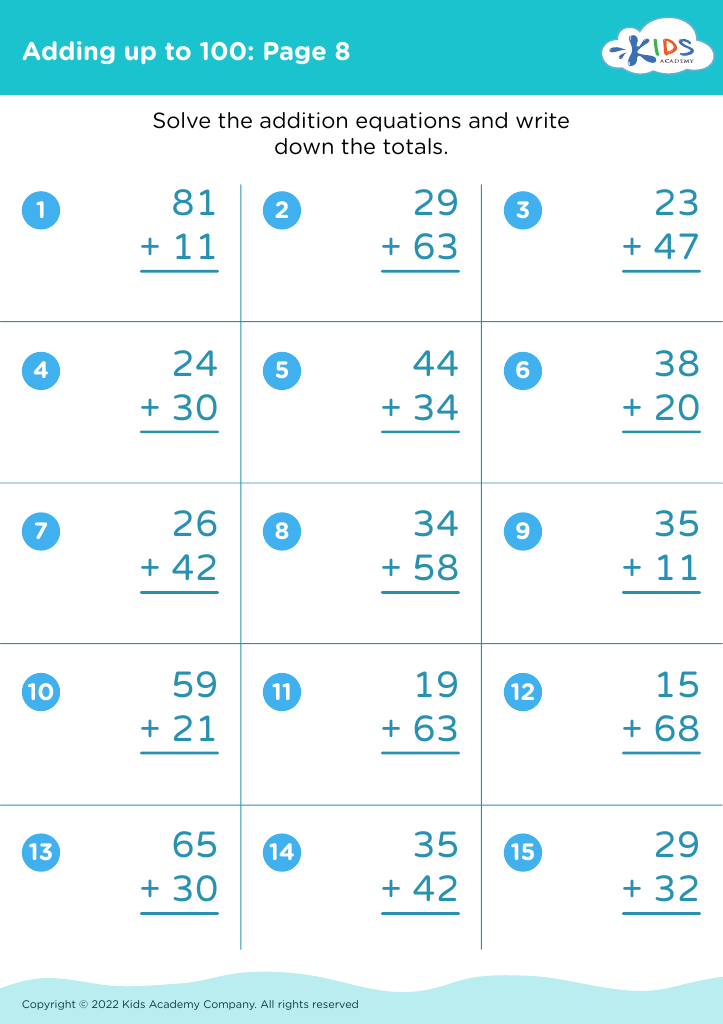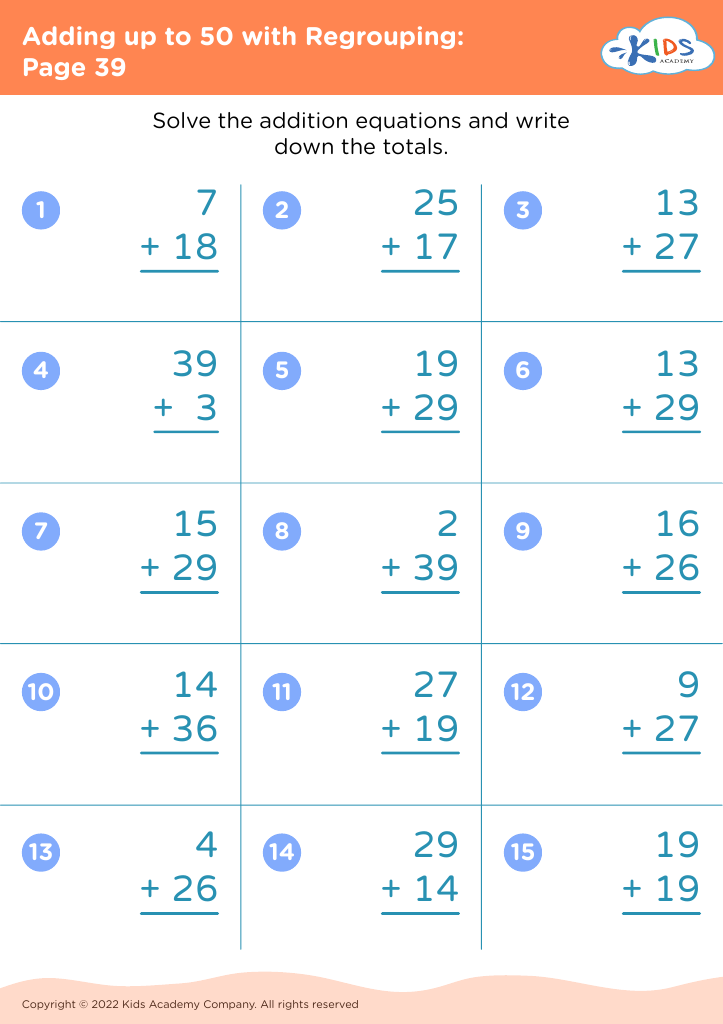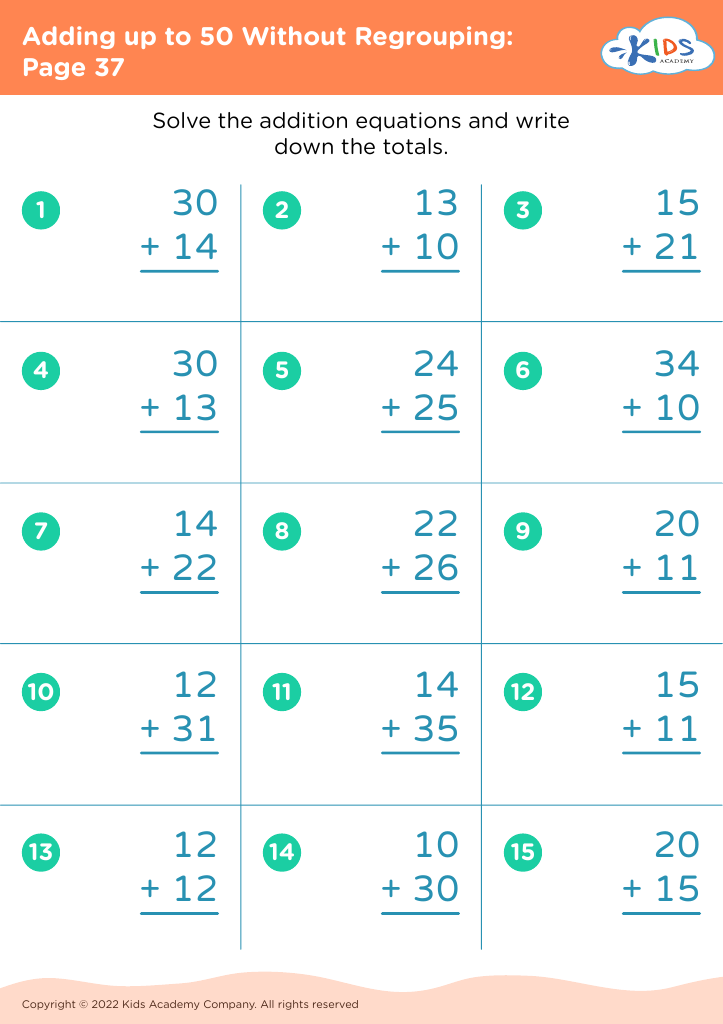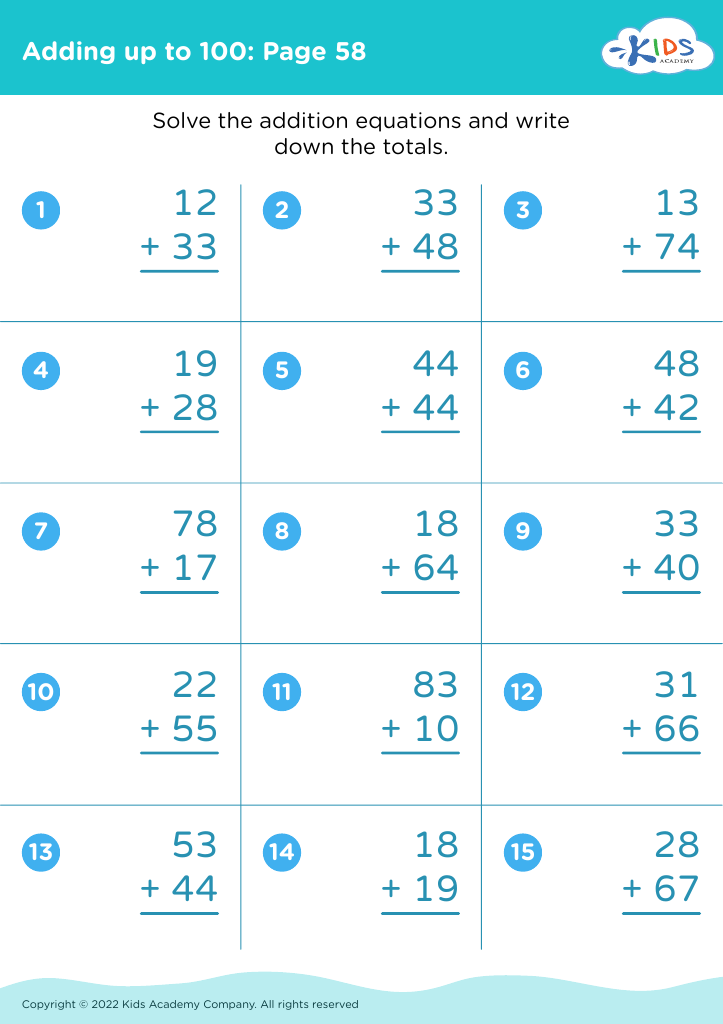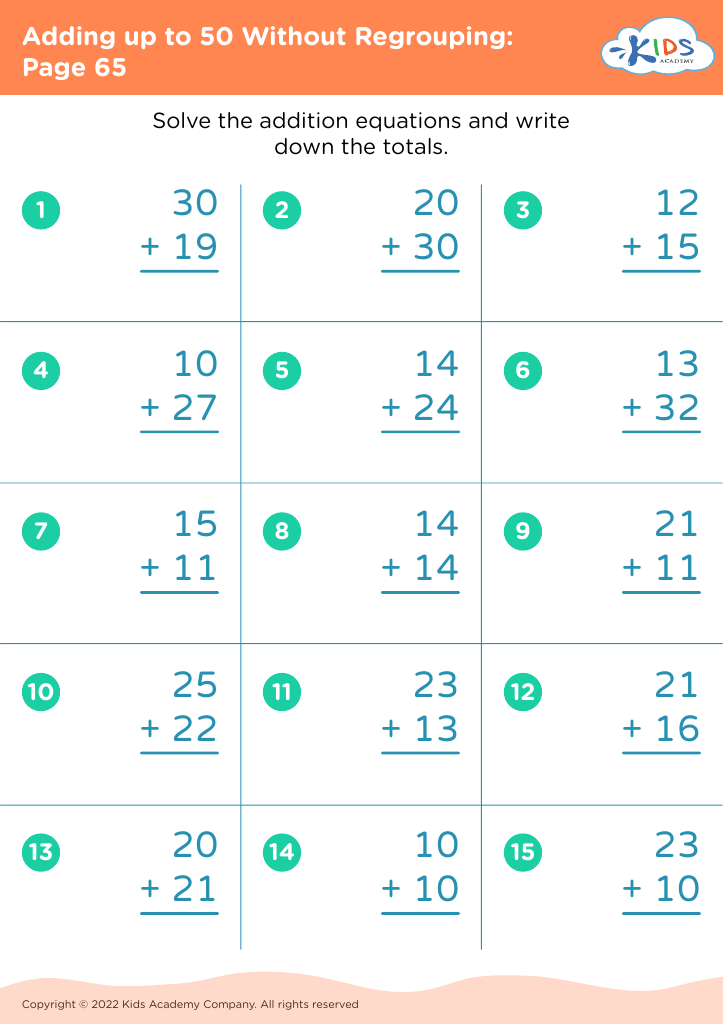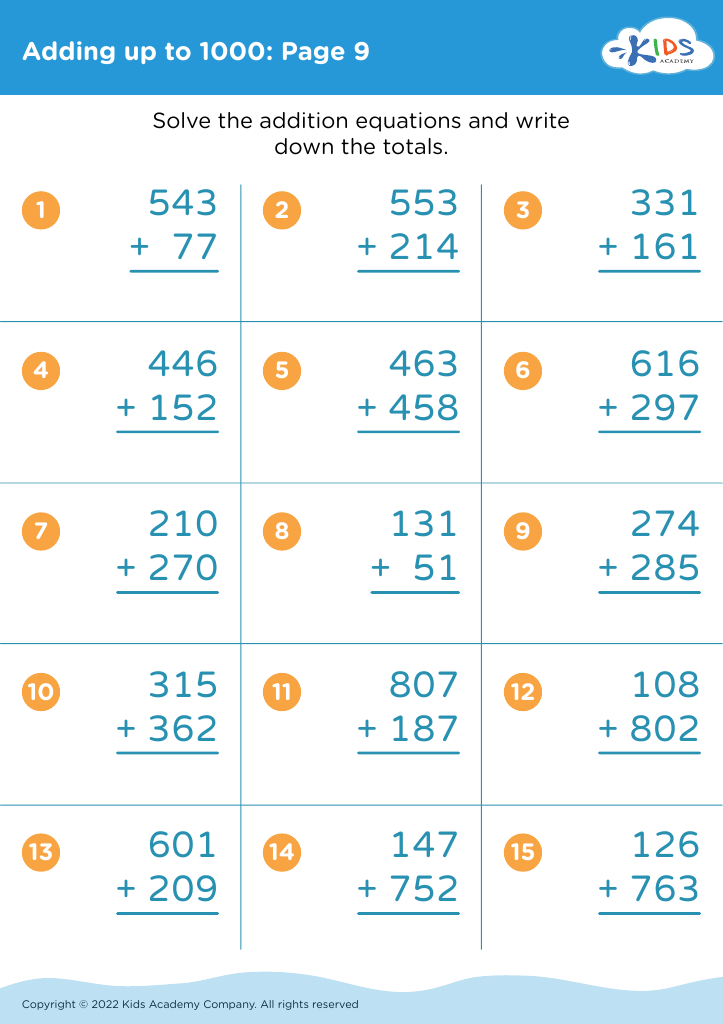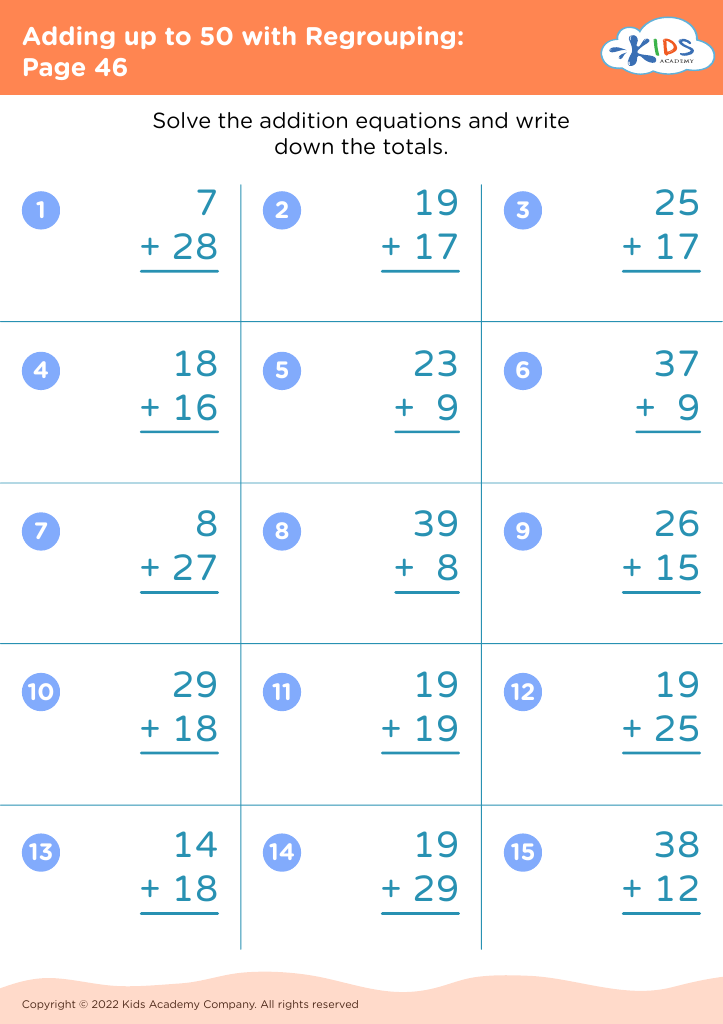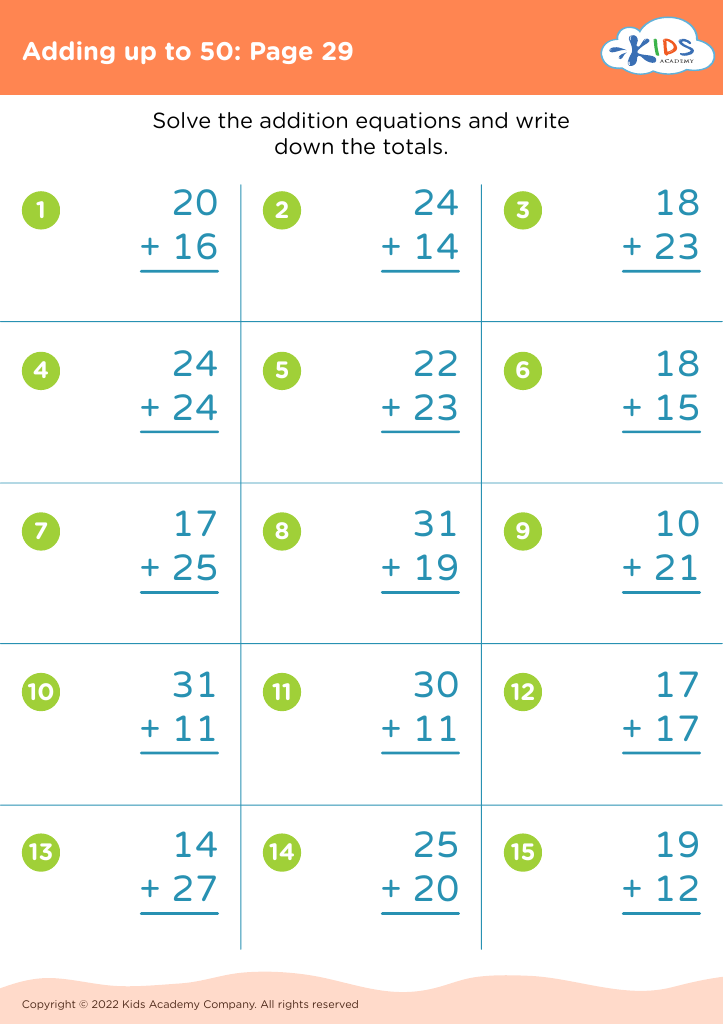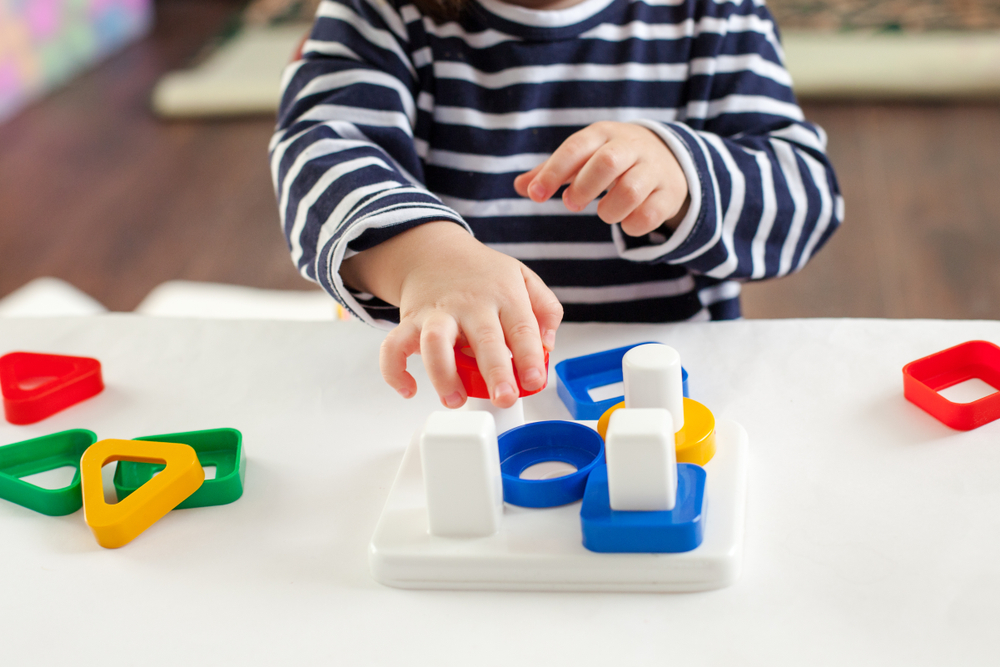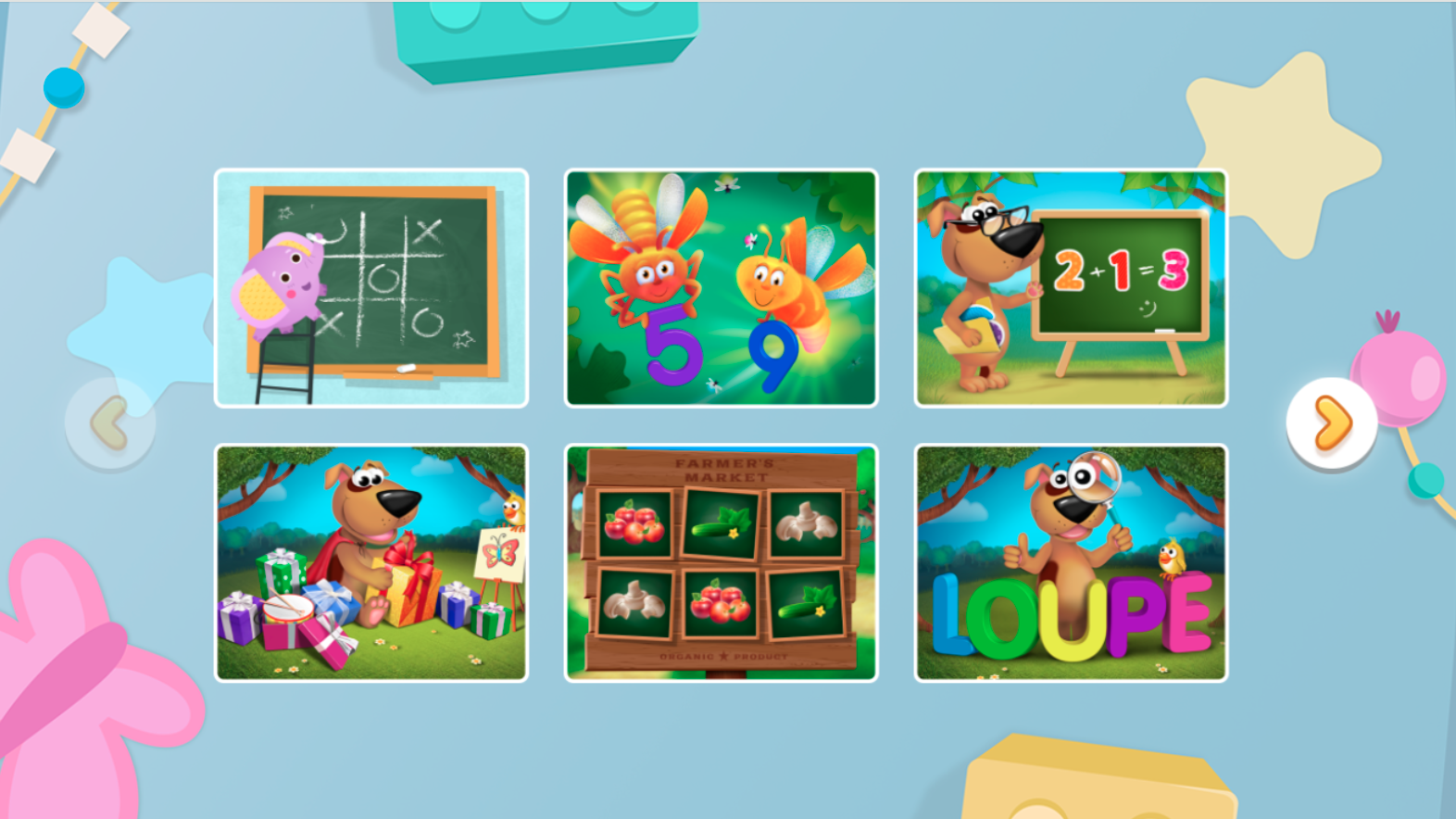Understand fractions Math Worksheets for Ages 4-7
21 filtered results
-
From - To
Discover our engaging Understand Fractions Math Worksheets designed specifically for kids aged 4-7! These interactive worksheets introduce young learners to the exciting world of fractions through fun activities and colorful visuals. Whether identifying halves, quarters, or understanding simple fraction concepts, our resources cater to varying skill levels, ensuring that each child progresses at their own pace. Perfect for homeschoolers and classroom settings, these worksheets foster essential math skills while sparking curiosity. Watch your child gain confidence as they explore fractions, develop critical thinking abilities, and enjoy learning math! Start their fractional journey with our printable worksheets today!
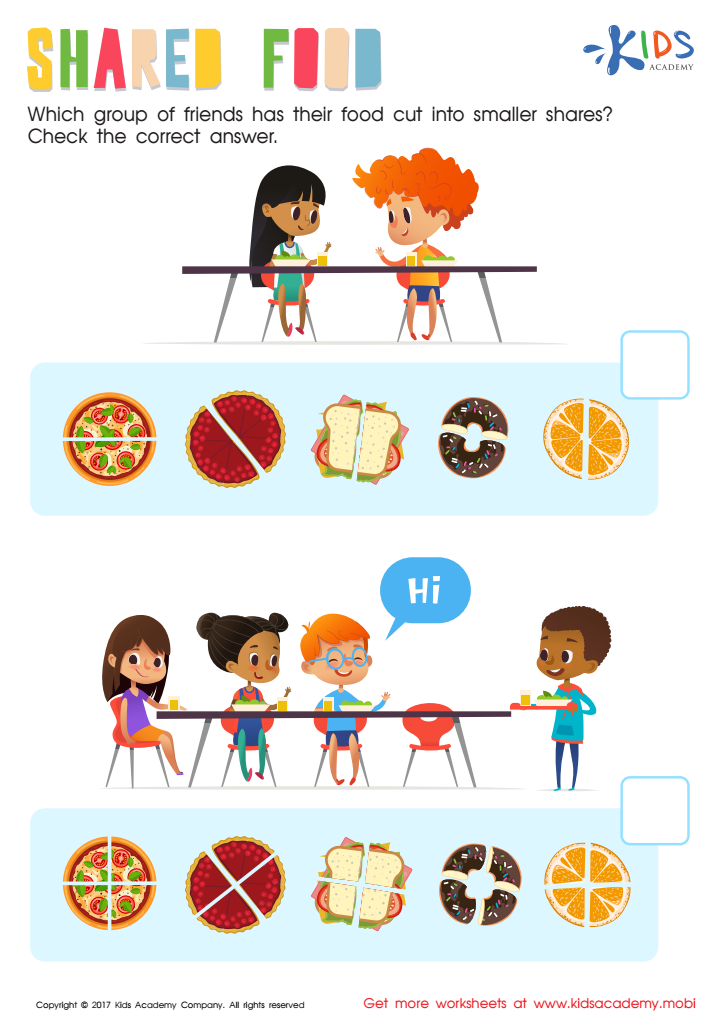

Shared Food Worksheet
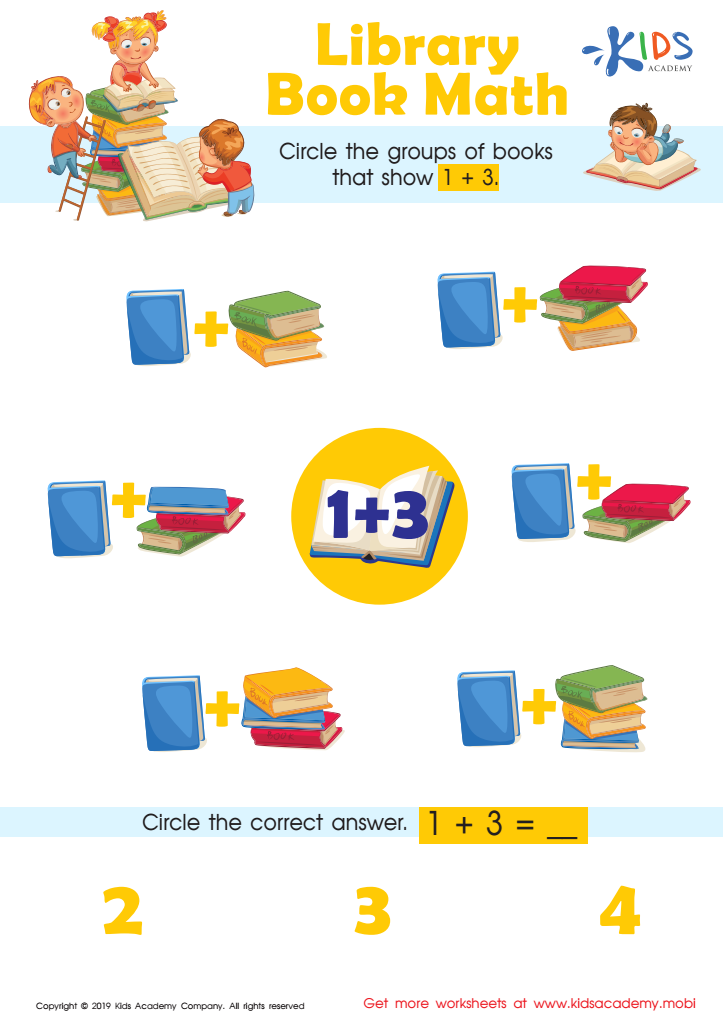

Library Book Math Worksheet
Understanding fractions is essential for children aged 4-7, as it lays a foundational skill not just for mathematics, but for problem-solving and critical thinking throughout their lives. At this age, children are naturally curious and ready to explore concepts of part-whole relationships, making it an ideal time to introduce fractions. Parents and teachers should care about teaching fractions because it enhances children's ability to comprehend more complex math concepts later, such as division, ratios, and percentages.
Engaging with fractions also supports language development; children learn to articulate their thoughts about parts and wholes, establishing effective communication skills. It fosters a sense of confidence in math that carries into academic endeavors, shaping positive attitudes towards learning.
Moreover, recognizing fractions in daily contexts (like sharing a pizza or measuring ingredients) relates math to real life, making it meaningful and enjoyable. This concrete understanding can stimulate a lifelong interest in mathematics and demonstrate the relevance of learning beyond the classroom. Ultimately, fostering fraction skills early helps children build essential academic skills, encourages logical reasoning, and supports lifelong success, making it critical for parents and teachers to prioritize this important area of learning.
 Assign to My Students
Assign to My Students
